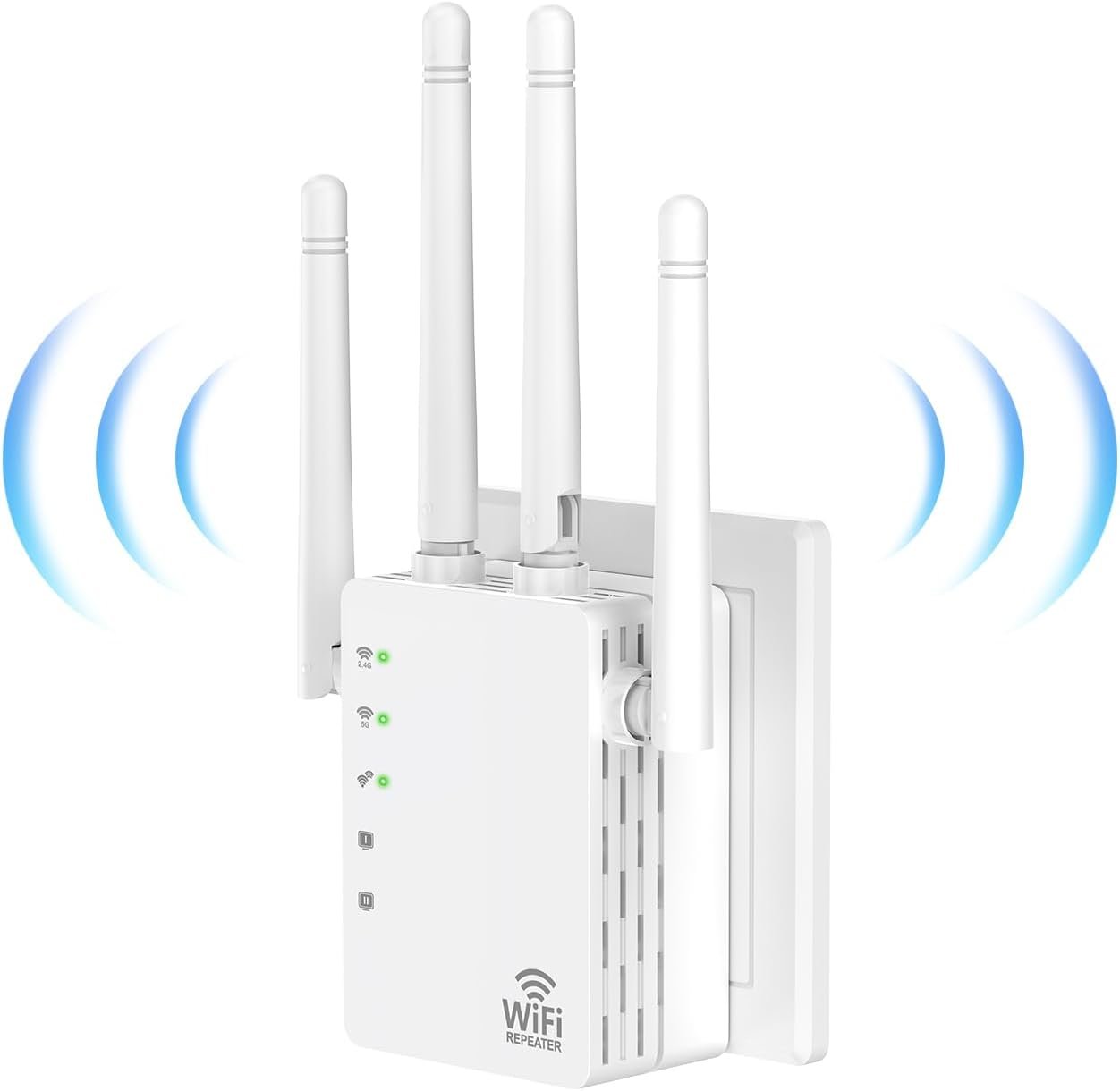Understanding Wi-Fi Extenders and Boosters
In the realm of home networking, the terms Wi-Fi extenders and boosters are often used interchangeably, yet they serve distinct purposes. A Wi-Fi extender, also known as a repeater, amplifies the existing signal from a wireless router, effectively extending the range of your network. It captures the original signal and rebroadcasts it, providing coverage in hard-to-reach areas of your home. Conversely, Wi-Fi boosters work by enhancing the original signal’s strength rather than merely repeating it. This increased strength can result in improved speed and connectivity for devices located farther from the router.
Both devices typically operate on dual-band systems, allowing them to manage multiple frequencies, including 5GHz and 2.4GHz. The 2.4GHz band has a longer range but lower speeds, while the 5GHz band offers higher speeds but is limited in range. By strategically employing both bands, users can enjoy optimized internet access in various settings. For instance, a Wi-Fi booster rated at 1200Mbps can significantly enhance data throughput, which is especially crucial for activities like streaming and online gaming that demand higher bandwidth.
Choosing between a Wi-Fi extender and a booster depends on your specific needs and the layout of your home. A Wi-Fi repeater can be particularly beneficial in large or multi-story homes where signal degradation is prevalent. Before making a decision, it is essential to assess your existing Wi-Fi coverage and identify areas where signal strength is inadequate. Tools such as Wi-Fi analyzers can help map your network’s coverage, allowing you to choose the device that best fits your home environment. By understanding the differences and functionalities of these devices, you can make an informed decision that enhances your overall internet experience.
Installation and Optimization of Your Wi-Fi Extender
Installing a Wi-Fi extender in your home can significantly enhance your internet connectivity, especially in areas where the signal is weak. Begin by selecting an appropriate spot for your extender; it should be placed within range of your existing router while also being close enough to the area needing coverage. Ideally, a central location that minimizes barriers such as walls and floors will yield the best results. Once a suitable place is identified, plug in the extender and power it on.
Next, connecting the extender to your existing Wi-Fi network can be accomplished through a few simple steps. Most modern extenders offer a user-friendly setup interface, often accessed through a web browser or a dedicated mobile app. Follow the prompts provided by the setup wizard to connect the extender to your primary network. It is essential to select the 2.4 GHz band for broader coverage and the 5 GHz band for higher speeds, utilizing the dual-band capability of your extender effectively.
After configuration, it is crucial to test the connection by moving to different areas of your home. Use tools or apps available for measuring Wi-Fi strength to ensure that the extender is effectively amplifying the signal. If you encounter connectivity issues, common troubleshooting steps include power cycling the extender, ensuring it is not too far from the router, and verifying that the firmware is up-to-date. Furthermore, implementing regular maintenance practices can enhance the durability and performance of your Wi-Fi booster. Routinely check for software updates and periodically reposition the extender if necessary to maintain optimal coverage. Ultimately, following these steps will ensure that your Wi-Fi extender is installed correctly and operating at peak performance, allowing for a reliable and efficient home network.






Reviews
There are no reviews yet.